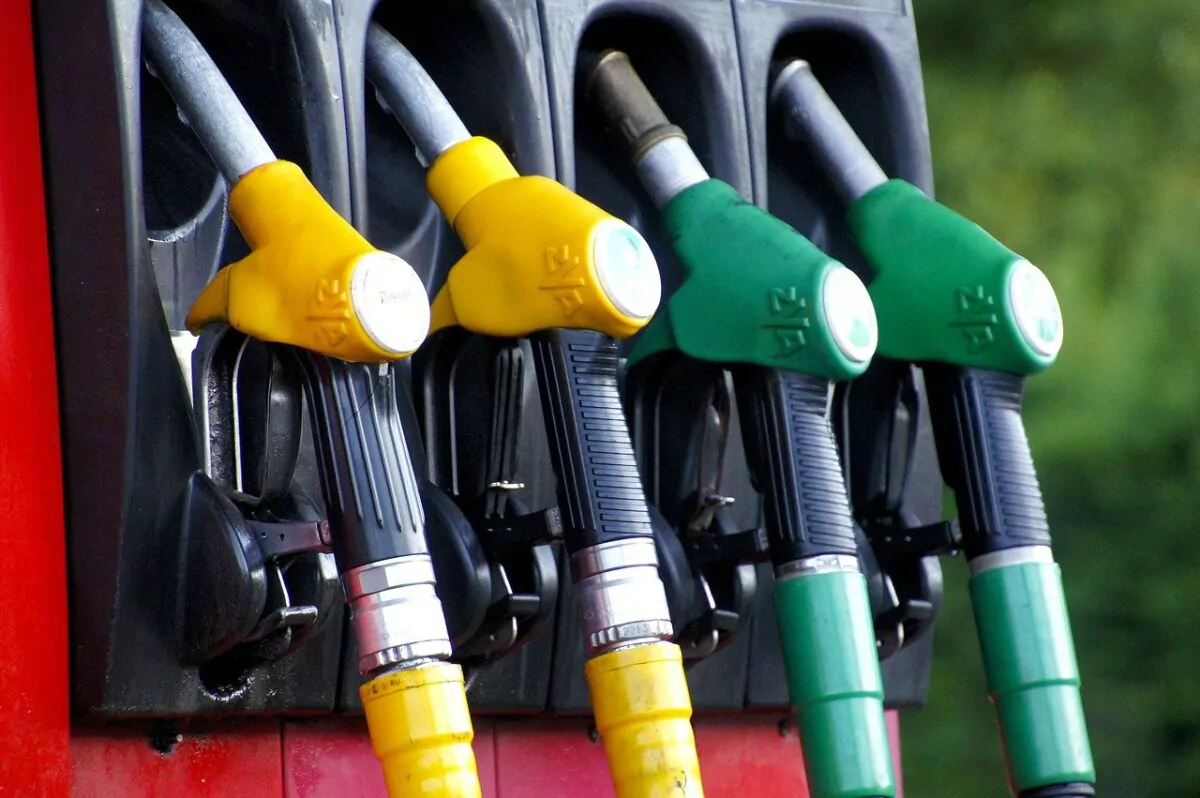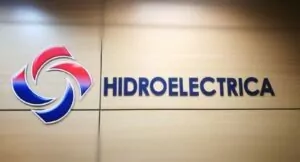The price of conventional fuels has reached historic highs this year, exceeding 7 lei per liter, due to high oil prices. At the same time, Romanians have discovered that electric cars are cheaper to maintain and operate, especially in the busy traffic of big cities. Faced with this new reality, oil companies are equipping their petrol stations with electric charging stations, reports Agerpres.
Urmărește mai jos producțiile video ale Economedia:
- articolul continuă mai jos -
At the beginning of this year, economies around the world were in a post-pandemic recovery and oil prices were rising from their lows in 2020 (prices were even negative in spring 2020). Thus, in January 2021, the price of oil was around $54 per barrel. However, as consumption evolved, so did the price, and in autumn this year the barrel reached its highest level since 2014 as a result of increased demand for energy products, exceeding $80 per barrel in October. At the same time last year, oil was $40 a barrel.
In Romania, this has been keenly felt at the pump. The price of premium petrol has surpassed 7 lei per liter at the pump, 40% more than last year, when a liter of fuel cost less than 5 lei, according to data from the Fuel Price Monitor, an application developed by the Competition Council.
Is the increase in fuel prices entirely due to the rise in oil prices? In this context, the Competition Council launched an analysis of the wholesale motor fuel market in the autumn to identify the factors behind the recent fuel price increases and possible market failures.
Following the analysis, the Competition Council can propose recommendations, i.e. measures to remedy, mitigate, and prevent any negative effects on competition and thus on consumers, and if it finds infringements of the law, it initiates the necessary proceedings to sanction them.
“The marketing of fuels both wholesale and retail has been consistently under the attention of the Competition Council. Thus, the competition authority has sanctioned three companies in the wholesale fuel marketing sector with fines totaling €3.7 million for participating in an anti-competitive cartel, consisting of fixing prices, discounts, and commercial mark-ups, sharing customers, and sources of supply,” Council representatives say.
Previously, in 2011, the Competition Council fined six oil companies (OMV Petrom, OMV Petrom Marketing, Rompetrol Downstream, Mol Romania Petroleum Products, ENI Romania, and Lukoil Romania) a record €205 million for entering into an anti-competitive cartel.
In order to stimulate competition in the fuel marketing market, the competition authority has launched the Fuel Price Monitor application, which displays prices for all types of fuel (petrol and diesel) in OMV, Petrom, Rompetrol, Mol, Lukoil, Socar, and Gazprom networks across the country.
About half of the final price at the pump is excise duty and VAT, which is paid to the state budget. Some European countries are considering lowering taxes to help drivers cope better with these increases. Poland, for example, announced just before Christmas that it wanted to cut VAT on fuel to cushion the impact of rising inflation.
From fossil fuels to electricity
In the meantime, the electric car market has flourished. According to data from the Romanian Association of Automobile Manufacturers and Importers (APIA), electric cars will, after the first 11 months of 2021, have a 14.2% market share in Romania, twice as much as last year (6.7%).
Thus, Romanians bought 4,301 fully electric cars in January-November, compared to 2,111 a year earlier. Dacia Spring is the clear leader in terms of preference, with 1,357 units sold, followed by Volkswagen and Hyundai, with 876 and 385 electric cars delivered respectively.
Like any new technology, it is now quite expensive. But at the moment the Romanian state has one of the biggest grants in Europe for electric cars through the Rabla Plus program, around €10,000, and drivers are very interested.
In this new reality, oil companies are equipping their petrol stations with electric charging stations and coming up with very ambitious strategies.
OMV Petrom, Romania’s largest oil company, has announced that it is expanding its charging network for electric cars, and Romania, Bulgaria, Moldova, and Serbia will be connected by the end of 2022 through a network of around 100 fast and ultra-fast stations.
“We are expanding our electro-mobility offer in all countries in the region where we have fuel stations. Basically, by the end of 2022, about 15% of the OMV and Petrom network in the region will have refueling stations. By 2030, we will provide our customers with more than 500 points with alternative mobility solutions, i.e. recharging services for electric cars, natural gas solutions such as LNG and CNG, as well as hydrogen,” said Radu Căprău, Member of the Executive Board of OMV Petrom.
Rompetrol and MOL, the next largest petrol station chains in Romania, also have plans to develop their network of electric stations. The National Infrastructure Management Company has announced that 26 new petrol stations of these companies will appear on the A1 and A2 motorways from next year and all will have charging points for electric cars.
No more petrol and diesel in new cars from 2035
Romania will have a network of 18,000 electric vehicle charging stations in the next 4-5 years, with money from the Environmental Fund Administration and the National Recovery and Resilience Plan (NRRP).
“We need to build this charging infrastructure, which in Western Europe is well established. We will finance more than 2,000 charging stations for administrative-territorial units, the NRRP will also provide more than 15,000 stations and in four to five years we will reach 18,000 charging stations in Romania from these funds”, announced Environment Minister Tanczos Barna. With the development of these stations, people’s interest in buying electric cars will increase, he believes.
The European Commission also has big plans. In the Fit for 55 packages announced this summer, Brussels officials aim to make all new cars put on the road after 2035 electric, which means we will slowly say goodbye to petrol and diesel.

 Foto: Pixabay
Foto: Pixabay





























